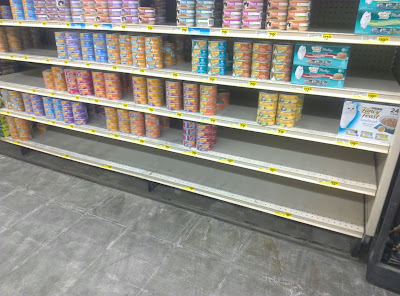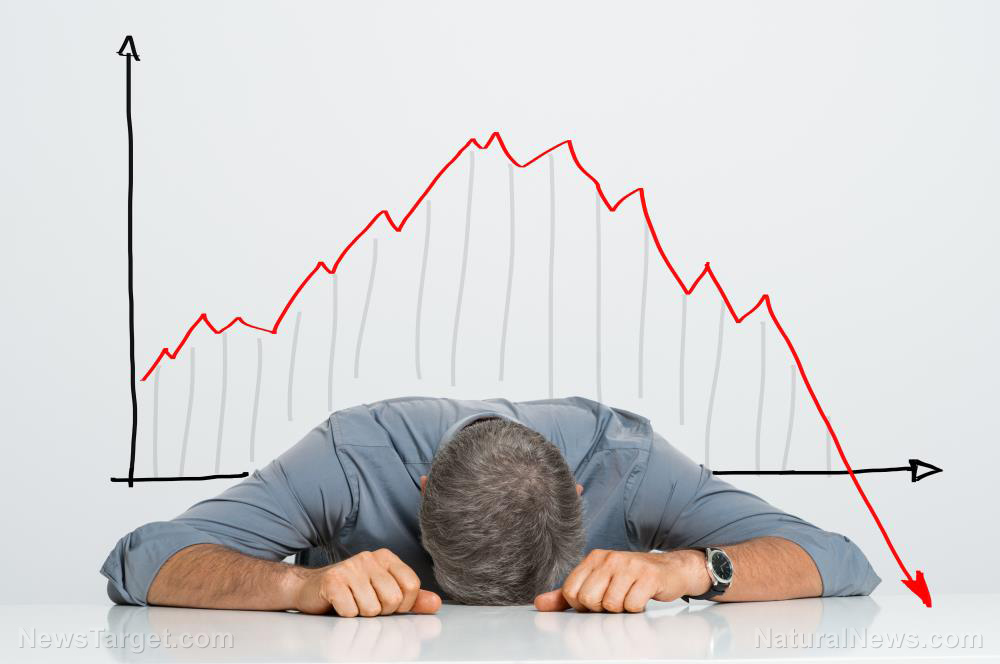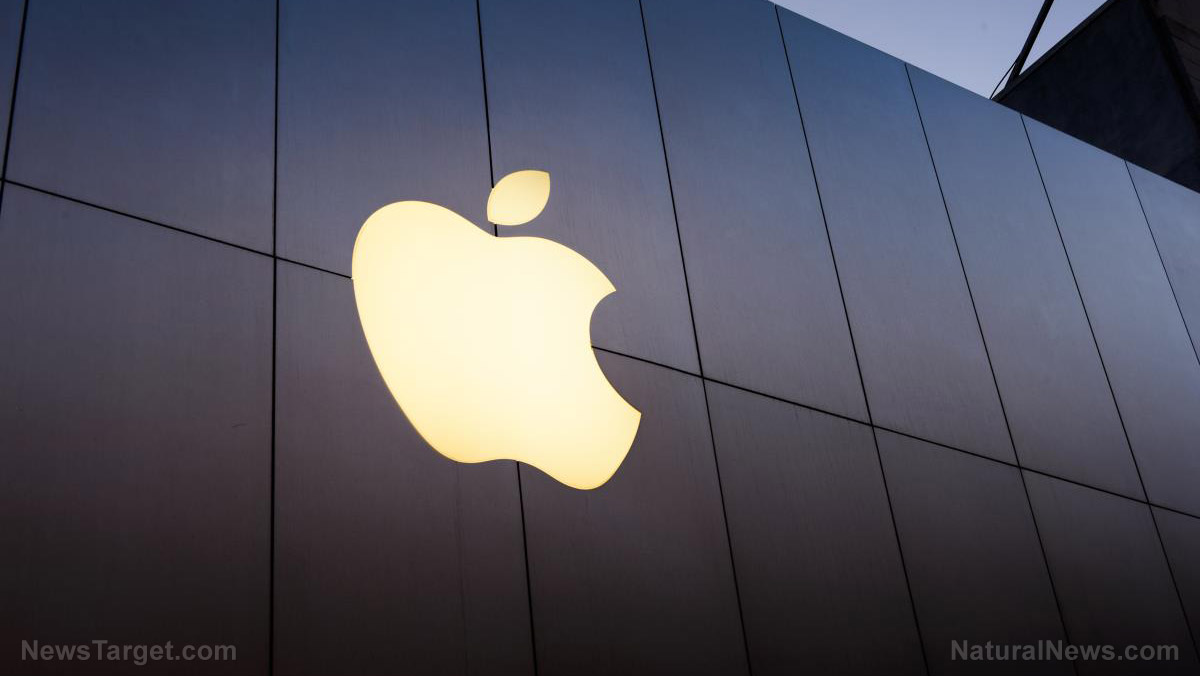
The Wuhan coronavirus (COVID-19) pandemic, natural disasters and wonky global weather patterns combined to wreak havoc on global supply chains. Food prices have since been soaring: up 40 percent in the 15 months ending in June 2021.
Needless to say, this problem will hurt those at the bottom of the economic food chain the most. People living on five dollars or less a day simply cannot afford to pay 40 percent more for food alone.
If this continues to escalate, it is inevitable that there will be food riots and widespread civil unrest around the globe. Even China is telling its people to prep and store food as prices for some vegetables increased more than 50 percent in October alone. Once the directive was issued, it caused panic buying in local supermarkets.
In the United States, supply chains are also clogged at almost every stage, especially those coming from Asia. Rising prices and scarce availability mean that it's only a matter of time before shoppers begin purchasing in bulk again to avoid future shocks.
Supply lines are struggling as producers have been hurt by COVID-19 restrictions. The virus cases and consumer demand have led to congested ports, with shipping containers barely making it to land. Sea freight also raised prices tenfold, and when goods do arrive at their destined ports, the lack of truck drivers needs to be addressed.
Further, the shortage of workers to harvest and prepare products are also adding to the pressures. (Related: Global prices for food commodities continue to rise.)
International bodies and national governments have now taken steps to reduce dependence on cereal and other food imports in developing nations to boost yields and resiliency in national and regional supply chains, focusing on new technological solutions and practices that are adapted to local contexts.
Global food prices keep climbing
As the food prices continue to climb, they hit a fresh decade high in October, according to a report by the United Nations Food and Agriculture Organization (FAO). The FAO index climbed for a third straight month, jumping another three percent from the previous month to reach its highest since July 2011.
Higher food prices are felt by everyone, but it is particularly harder on poorer households that need to shell out more of their income to keep their families fed. In the U.S., special offers are already being reined in as everyday prices begin to rise. Energy drinks, eggs, meat and soda are all getting more and more expensive.
When food prices go up, consumers tend to change their habits by switching out pricier products for cheaper ones or substituting meat in meals with more affordable carbohydrates like pasta or rice. Others come with bulk buying or crowdsourcing. With prices continuing to soar, it will not be surprising to see people get together to buy large packs of food and supplies to get better deals.
A little inflation can sometimes be good for business as it elevates the overall value of sales, but it can be dangerous when it exceeds manageable levels. October's gains in the FAO food price index, for instance, were led by vegetable oils as prices increased 9.6 percent in October alone, a new all-time high from the previous month.
High cereal prices in particular stand to impact most heavily on emerging economies that combine elevated household spending on food with the high dependence on imports.
Nigeria, for instance, is already experiencing widespread constraints on household purchasing power and food access. Costa Rica saw a 34.8 percent higher increase in cereal imports in the first five months of the year compared to the same period in 2020, while import volumes only rose by five percent. Prices of maize and rice also increased.
Meat prices eased for the third consecutive month, led by falling pork prices due to the reduced purchases from China. Falling beef prices were also triggered by the mad cow disease concerns from Brazil. Meanwhile, sugar prices fell 1.8 percent in October, the first decline after six straight months of gains.
Learn more about the food price surge at Bubble.news.
Sources include:
Please contact us for more information.





















